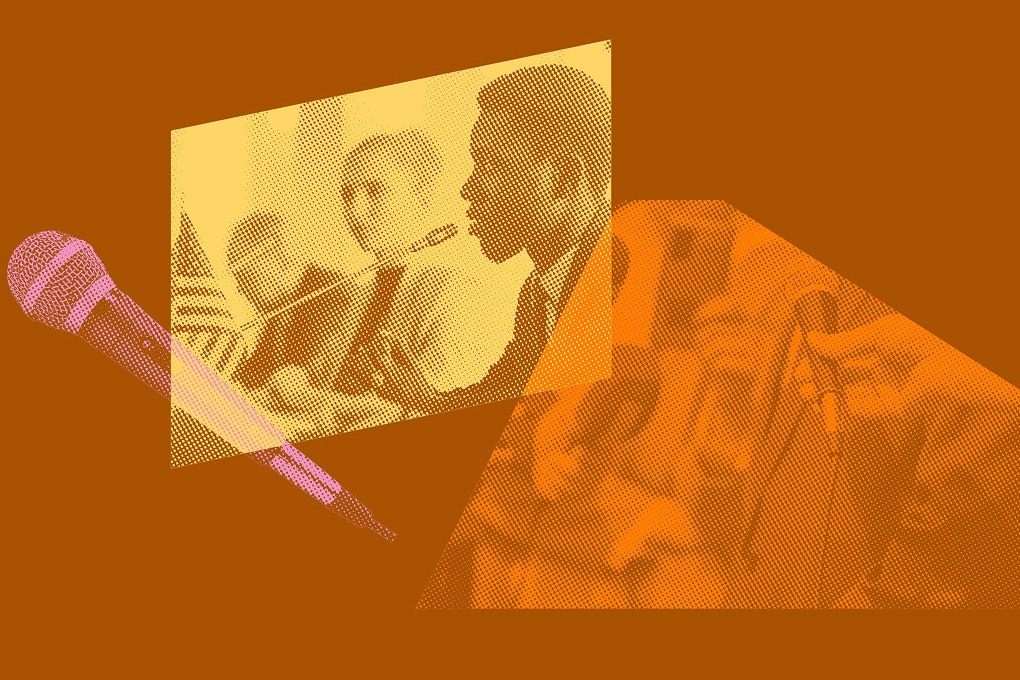Last month I participated in a Federalist Society-sponsored debate about the administration's torture and detention policies. After the event, one of several federal judges in attendance challenged me on my frequent use of the word "torture." "That word gets thrown around a lot," he said. "I don't think making someone listen to loud music or wear women's underwear on his head is torture."
I suspect the judge spoke for many Americans. When "enhanced interrogation techniques" are discussed in abstract and generalized terms, it's much easier to trivialize human suffering, or to ignore it. Abu Ghraib has been universally condemned - or almost universally, anyway - not because the abuses there were any more brutal than elsewhere, but because the ghoulish photos of human beings on leashes, or stacked naked in a pyramid, or standing hooded on a box, were tangible and real in a way that words on a page simply cannot be.
But often words are all we have. Together with my colleagues, I represent several men who were tortured - no other word will suffice - by the CIA in secret "black site" detention facilities. That torture included "loud music." Here is how Binyam Mohamed, an Ethiopian citizen and U.K resident, was treated in the CIA's "Dark Prison" in Kabul, Afghanistan:
On his first day in the "Dark Prison," Mr. Mohamed was hung from a pole in his cell. On his second day, he was allowed only a few hours sleep and then hung up again. By the time he was next taken down - two days after that - his legs were swollen and his wrists and hands had gone numb. Over the following weeks, loud music, the sounds of "ghost laughter," thunder, aircraft taking off, the screams of women and children, and other frightening and irritating sounds were piped into his cell twenty-four hours a day. To ensure that sleep was difficult, if not impossible, masked guards would visit the cells throughout the night and make loud noises.
Another of our clients, Yemeni citizen Mohamed Farag Ahmad Bashmilah, was similarly treated in another CIA black site:
In this cell, Mr. Bashmilah was subjected to severe sleep deprivation and shackling in painful positions. Excruciatingly loud music was played twenty-four hours per day, seven days per week. Guards deprived him of sleep, routinely waking him every half hour. Initially, the cell was pitch black, his hands were cuffed together, and his legs were shackled together, severely restricting his movement and causing him pain. Later, he was chained to a wall and the light in his cell was left on at all times, except for brief moments when the guards came to his cell . . . . Mr. Bashmilah's psychological torment was such that he used a piece of metal to slash his wrists in an attempt to bleed to death. He used his own blood to write "I am innocent" and "this is unjust" on the walls of his cell.
We now know that Mr. Mohamed and Mr. Bashmilah were victims of a meticulously designed torture protocol developed for the CIA by psychologists who "reverse-engineered" tactics that had been designed to train soldiers to endure captivity in enemy hands. In this week's New Yorker magazine, Jane Mayer provides the most comprehensive report to date about the CIA's black sites and the torture regime that was carried out there in secret. There is a reason why our clients' ordeals were so similar:
The C.I.A.'s interrogation program is remarkable for its mechanistic aura. "It's one of the most sophisticated, refined programs of torture ever," an outside expert familiar with the protocol said. "At every stage, there was a rigid attention to detail. Procedure was adhered to almost to the letter. There was top-down quality control, and such a set routine that you get to the point where you know what each detainee is going to say, because you've heard it before. It was almost automated. People were utterly dehumanized. People fell apart. It was the intentional and systematic infliction of great suffering masquerading as a legal process. It is just chilling."
Mayer describes in remarkable detail the interrogation of alleged 9/11 mastermind Khalid Sheikh Mohammed. Although Mohammed's own account of his torture by the CIA is deemed too secret for release to the public and has been censored by the Pentagon from an otherwise public Guantanamo hearing transcript, Mayer interviews a friend of one of Mohammed's CIA interrogators:
The former officer said that the C.I.A. kept a doctor standing by during interrogations. He insisted that the method was safe and effective, but said that it could cause lasting psychic damage to the interrogators . . . . He went on, "When you cross over that line of darkness, it's hard to come back. You lose your soul. You can do your best to justify it, but it's well outside the norm. You can't go to that dark a place without it changing you." He said of his friend, "He's a good guy. It really haunts him. You are inflicting something really evil and horrible on somebody."
Perhaps Americans who have difficulty relating to the agony of suspected terrorists will better appreciate the legal and moral degradation of our descent to the "dark side" through the trauma visited upon the interrogators. We've had other such accounts already.
But the most profound and lasting legacy of the Bush Administration's morbid embrace of torture may lie not in the injuries to detainees or their interrogators, but in the harm to this country's reputation and standing - and its security. By bringing the words of the victims into U.S. courtrooms, we begin the long and difficult process of restoring America's legal and moral standing. We can only hope that some federal judges will see past our clients' words to their humanity.


